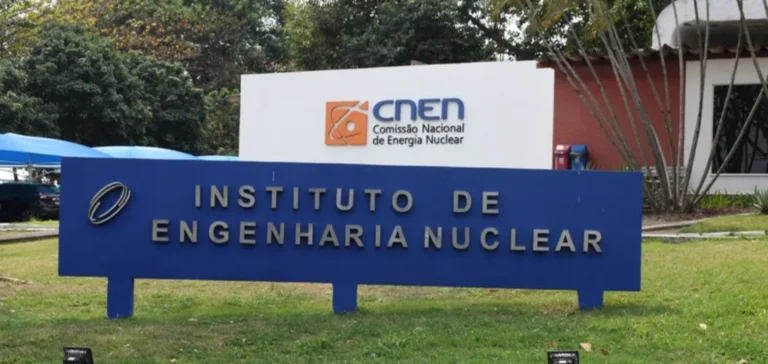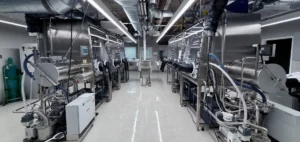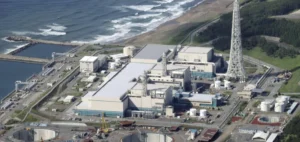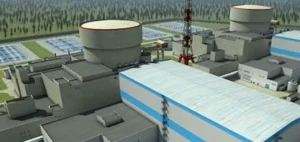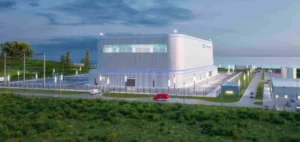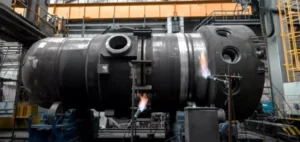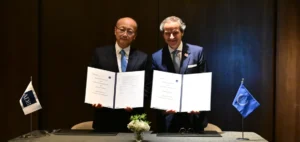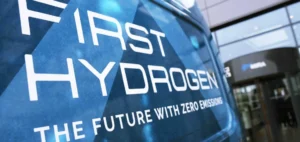Brazil has officially launched a BRL50mn ($9.1mn) nuclear microreactor project aimed at validating the technological feasibility of a 3 to 5 MW thermal reactor, compact and autonomous. The initiative is led by the National Nuclear Energy Commission (Comissão Nacional de Energia Nuclear, CNEN) as part of a three-year programme to demonstrate domestic capabilities in designing a modular system housed within a 40-foot container, capable of operating for a decade without refuelling.
An expanded consortium with clear industrial ambitions
The project brings together public and private entities, including Núcleo Brasil Energia, Diamante Energia, Terminus, the Brazilian Navy, the Institute of Energy and Nuclear Research (Instituto de Pesquisas Energéticas e Nucleares, IPEN), and the Institute of Nuclear Engineering (Instituto de Engenharia Nuclear, IEN). Industrias Nucleares do Brasil (INB) will supply nuclear fuel and specialised engineering services. A contract has already been signed with the Ministry of Science, Technology and Innovation and the Financing Agency for Studies and Projects.
The partners presented the concept at the World Nuclear Exhibition in Paris. The first units could enter operational phase within eight to ten years. The work includes the development of alloys based on uranium, beryllium and niobium, using additive manufacturing processes to achieve a high level of precision and performance.
Studied technologies and regulatory challenges
One key element still to be defined is the heat pipe coolant, with options such as sodium (Na) or the eutectic sodium-potassium alloy (NaK) under analysis, due to their thermal conductivity and broad operational range. Two systems for converting thermal energy into electricity are under study: the closed Brayton cycle, using helium (He) or carbon dioxide (CO₂) and a microturbine; and the Stirling cycle, based on a piston driven by cyclically heated gas.
Identified challenges include adapting regulations originally designed for large facilities, cost and scalability issues, security, and the validation of long-term reliability of the passive cooling system.
Deployment perspectives and energy implications
The project’s current technology readiness level is TRL 3 (mathematical modelling and preliminary studies), with the goal of reaching TRL 6, where demonstration in a relevant environment can be conducted. At the end of the three-year programme, partners plan to showcase key functional technologies and initiate authorisation procedures with Brazilian regulators.
The microreactor is envisioned to supply electricity to remote areas, hospitals, or industrial facilities, reducing reliance on diesel generators. This type of technology, distinct from small modular reactors (up to 300 MW), is characterised by its ability to be transported and rapidly deployed on site, particularly in isolated regions.


